博文
2025年01月嘲风作品集(一)
||
▲ Vol 04 Issue 01 | January, 2025
Rapid Joule-heating synthesis of metal/carbon-based electrocatalysts for efficient carbon dioxide reduction
Weijian Guo, Xueying Cao, Ao Zhou, Wenwen Cai, Jintao Zhang
Carbon-loaded metal nanoparticles (NPs) are widely employed as functional materials for electrocatalysis. In this study, a rapid thermal shock method was developed to load various metal nanoparticles onto carbon supports. Compared to conventional pyrolysis processes, Joule heating enables rapid heating to elevated temperatures within a short period, effectively preventing the migration and aggregation of metal atoms. Simultaneously, the anchoring effect of defective carbon carriers ensures the uniform distribution of NPs on the carbon supports. Additionally, nitrogen doping can significantly enhance the electronic conductivity of the carbon matrix and strengthen the metal-carbon interactions, thereby synergistically improving catalyst performance. When used as electrocatalysts for electrocatalytic CO2 reduction, bismuth-, indium-, and tin/carbon-carrier-based catalysts exhibit excellent Faraday efficiencies of 92.8%, 86.4%, and 73.3%, respectively, for formate generation in flow cells. The influence of different metals and calcination temperatures on catalytic performance was examined to provide valuable insights into the rational design of carbon-based electrocatalysts with enhanced electrocatalytic activity.
https://www.sciencedirect.com/science/article/pii/S2772571524000251
▲ Vol 37 Issue 01 | 08 January, 2025
Piezoelectric Heterojunctions as Bacteria-Killing Bone-Regenerative Implants
Youzhun Fan, Jinxia Zhai, Zhengao Wang, Zhaoyi Yin, Haoyan Chen, Maofei Ran, Zurong Zhu, Yubin Ma, Chengyun Ning, Peng Yu, Chuanbin Mao
Heterojunctions, made of piezoelectric nanocrystals and nanowires, can generate reactive oxygen species (ROS) and heat to kill bacteria under the irradiation of near-infrared light. These heterojunctions produce electric signals under the forces applied by the stem cells grown on them and such electric signals further promote bone formation. Hence, they can not only achieve osteointegration but also eradicate implant-associated infections. More details can be found in article number 2413171 by Chengyun Ning, Peng Yu, Chuanbin Mao, and co-workers.
https://onlinelibrary.wiley.com/doi/10.1002/adma.202570006

▲ Vol 97 Issue 01 | 14 January, 2025
Advanced Mass-Spectra-Based Machine Learning for Predicting the Toxicity of Traditional Chinese Medicines
Chen Jia, Xiaofang Li, Song Hu, Guohong Liu, Jiansong Fang, Xiaoxia Zhou, Xiliang Yan, Bing Yan
Traditional Chinese medicine (TCM) has been a cornerstone of health care for centuries, valued for its preventive and therapeutic properties. However, recent decades have revealed significant toxicological concerns associated with TCMs due to their complex chemical compositions. Traditional QSAR (quantitative structure–activity relationships) models, which predict toxicity based on chemical structures, face challenges with the intricate nature of TCM compounds. In this study, we effectively resolved this issue by correlating the toxicity of TCMs with advanced analytical descriptors from electron ionization mass spectra (EI-MS) data. The optimal classification model achieved a balanced accuracy of over 0.74. Through interpretable machine learning models, we identified specific toxic components, such as 13-hexyloxacyclotridec-10-en-2-one and loliolide. We applied molecular dynamics (MD) simulations to explore the interactions of identified toxic components with crucial protein targets, using hepatic cytochrome P450 3A4 as an example. This novel approach not only enhances our understanding of the toxicological profiles of TCMs but also maximizes their therapeutic benefits while minimizing adverse effects. More importantly, our findings support the application of analytical descriptor-based machine learning in predicting the toxicity of unknown mixtures in the real environment.
https://pubs.acs.org/doi/10.1021/acs.analchem.4c05311
▲ Vol 13 Issue 02 | 14 January, 2025
Surface-Buckling-Enhanced 3D Metal/Semiconductor SERS-Active Device for Detecting Organic Chemicals
Pei-Chieh Tseng, Jing-Ling Bai, Cheng-Fang Hong, Chia-Feng Lin, Han-Yu Hsueh
A novel three-dimensional metal/semiconductor nanostructured surface-enhanced Raman scattering (SERS)-active substrate was constructed through Ag nanoparticles decoration of flower-like ZnO nanorods (fZnOs) on a buckled substrate, achieving a low detection limit of 10−9 M and a high enhancement factor of 2.43 × 108. More details can be found in article 2401874 by Han-Yu Hsueh and co-workers.
https://onlinelibrary.wiley.com/doi/10.1002/adom.202570045
<静远嘲风动漫传媒科技中心>设计制作
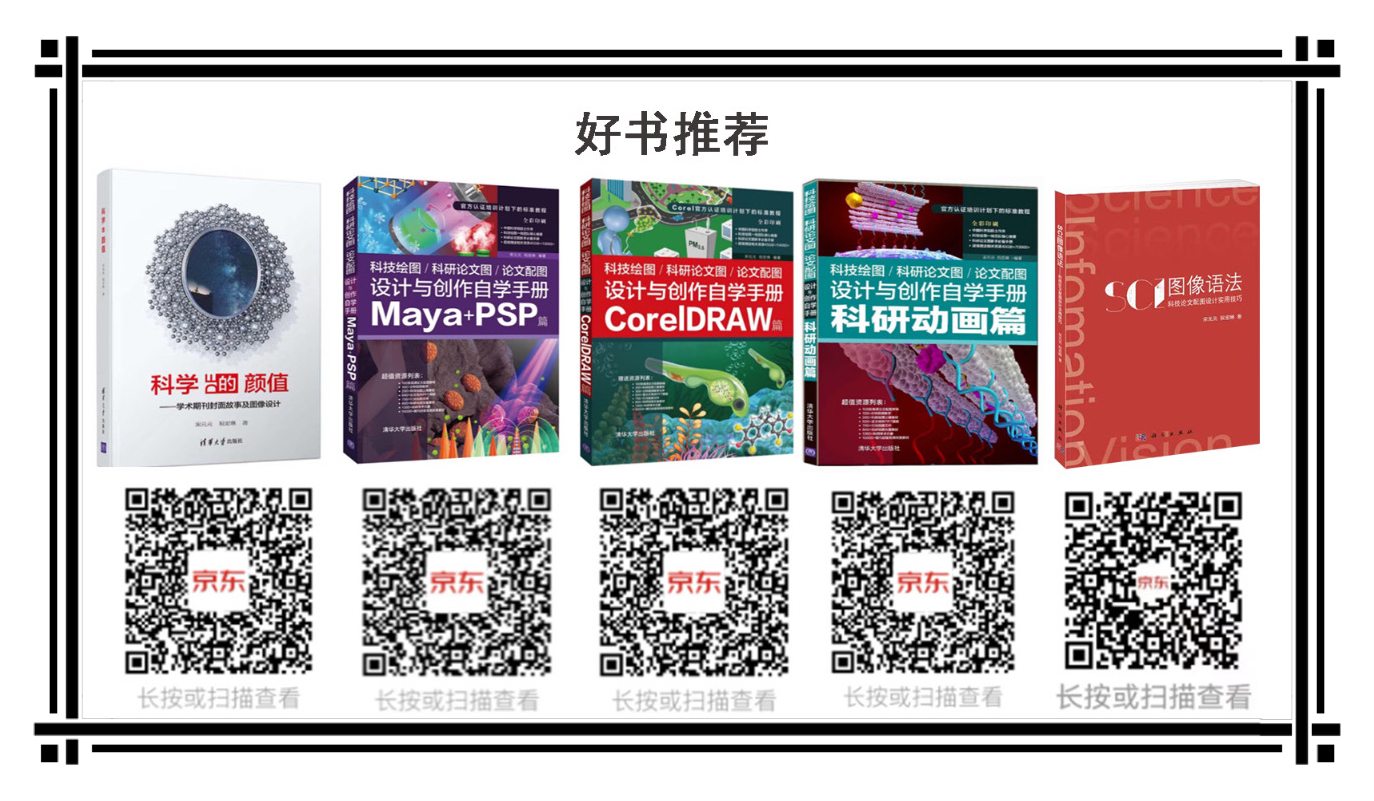
购书链接:
☆科学的颜值:学术期刊封面故事及图像设计
https://item.jd.com/12802188.html
☆科技绘图/科研论文图/论文配图设计与创作自学手册:CorelDRAW篇
https://item.jd.com/13504674.html
☆科技绘图/科研论文图/论文配图设计与创作自学手册:Maya+PSP篇
https://item.jd.com/13504686.html
☆科技绘图/科研论文图/论文配图设计与创作自学手册:科研动画篇
https://item.jd.com/13048467.html#crumb-wrap
☆SCI图像语法-科技论文配图设计使用技巧
https://item.jd.com/10073529532924.html?bbtf=1
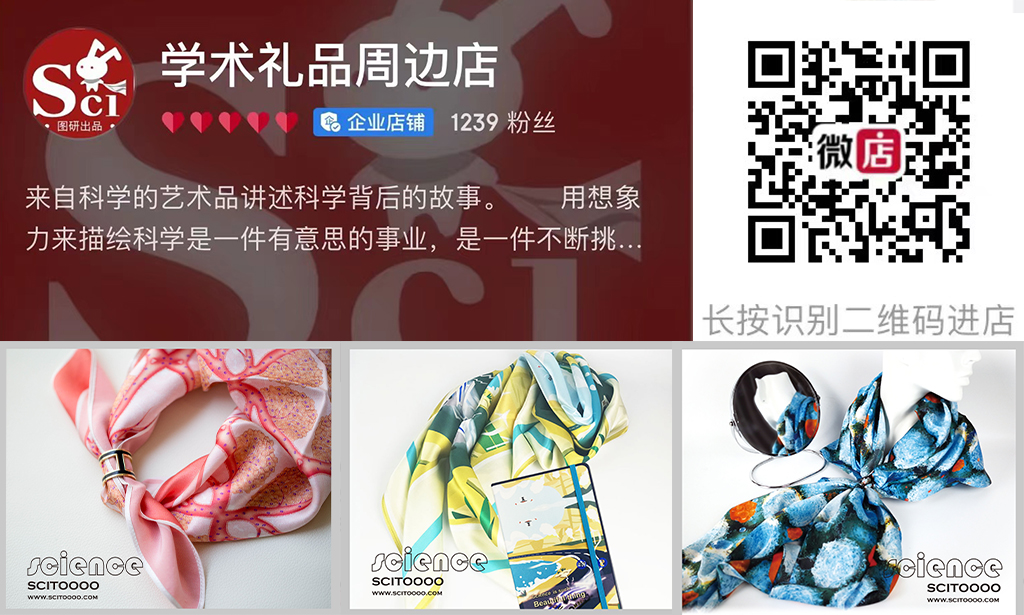

静远嘲风(MY Scimage) 成立于2007年,嘲风取自中国传统文化中龙生九子,子子不同的传说,嘲风为守护屋脊之瑞兽,喜登高望远;静远取自成语“宁静致远”,登高莫忘初心,远观而不可务远。
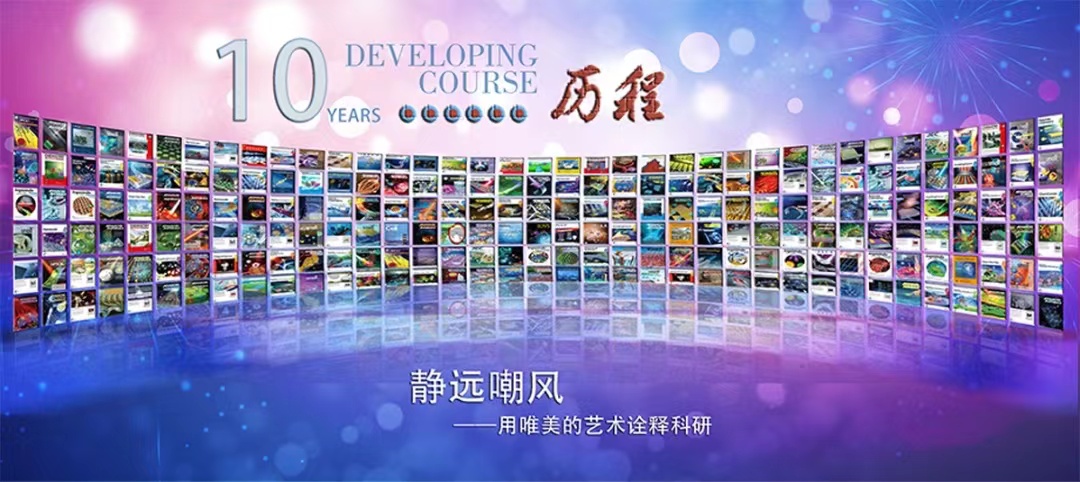
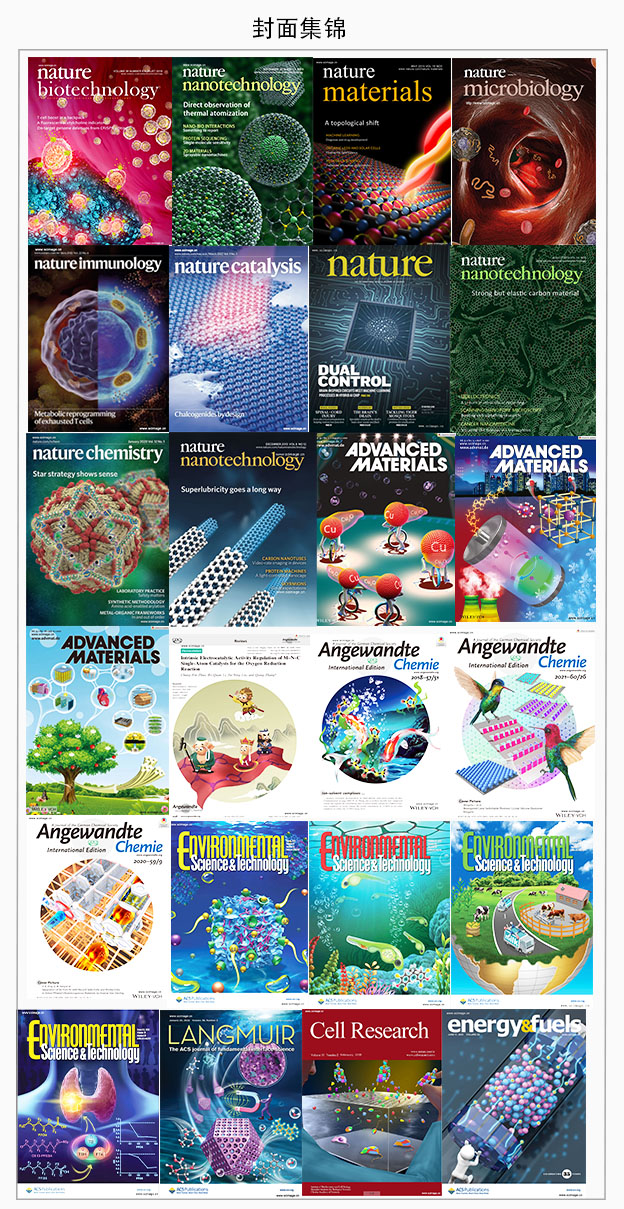
学习更多绘图教程关注:

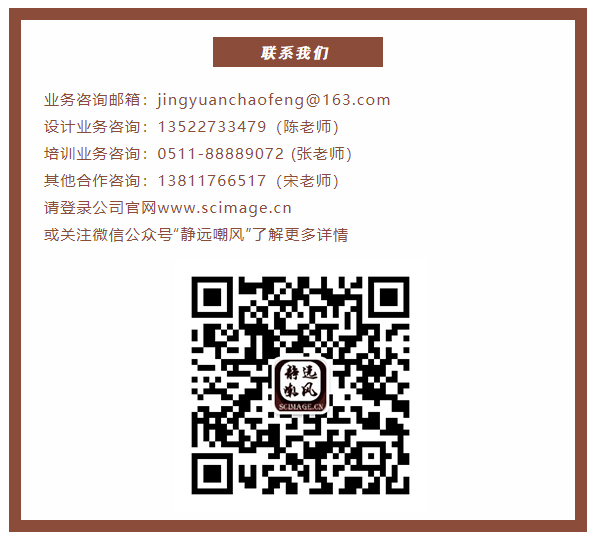
https://wap.sciencenet.cn/blog-519111-1480413.html
下一篇:2025年01月嘲风作品集(二)


